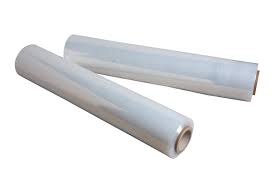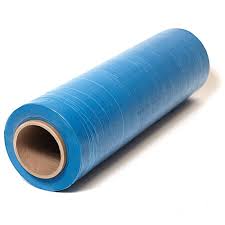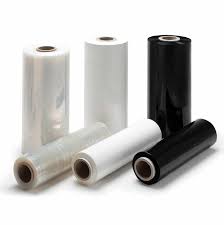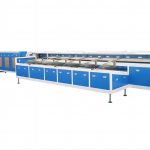Stretch film is a commonly used packaging material, especially in industries like retail, agriculture, and distribution. Its primary purpose is to protect and secure products during transportation and storage. However, the production and disposal of traditional stretch film can have negative impacts on the environment.
The production of stretch film typically involves petroleum-based plastics, which are not biodegradable and release harmful chemicals into the environment during the production process. Additionally, traditional stretch film is not easily recyclable due to its composition, meaning it contributes to the increasing levels of plastic waste in landfills.

To address these environmental concerns, there are several steps that can be taken to make stretch film more sustainable. One of the most significant changes that can be made is reducing the amount of material used. This can be done through downgauging, which involves using a thinner stretch film to secure products. By reducing the amount of material used, the environmental impact of production and disposal can also be reduced.

Another solution is to transition to more environmentally friendly materials. Biodegradable stretch film made from plant-based materials can break down in the environment, reducing long-term waste. These materials are typically produced from cornstarch or other renewable resources and are designed to break down into natural components over time. This eliminates the need for the material to be disposed of in landfills, which can reduce the amount of waste generated.
Related article: A brief introduction of Stretch film sustainability 2-2



